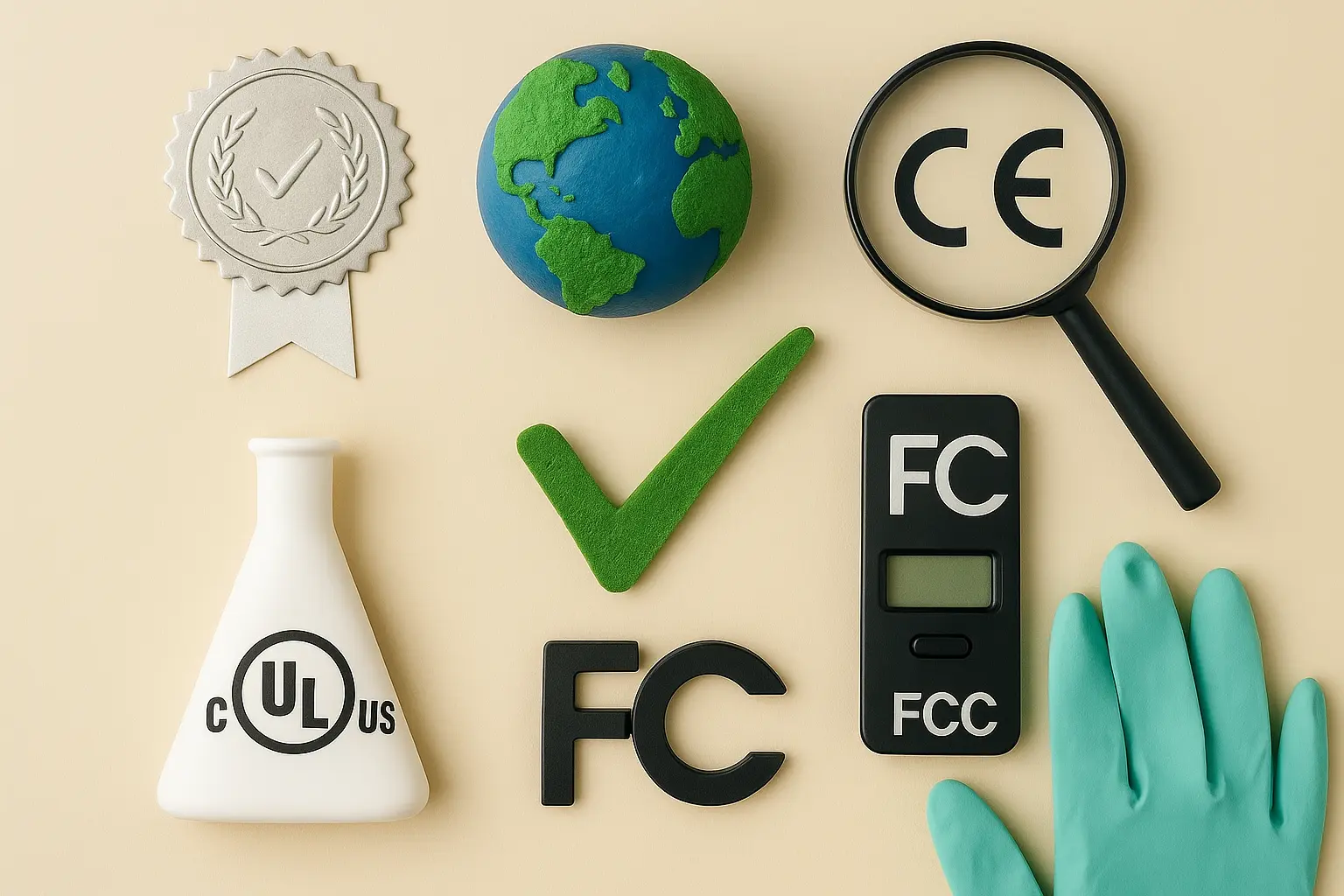Sterile Medical Device Certification
The certification of sterile medical devices is a critical process that ensures these products meet stringent regulatory standards and are safe for use in healthcare settings. Sterility assurance involves the elimination or removal of microorganisms to render a product free from viable pathogenic organisms. This process is essential because even minimal contamination can lead to serious health risks, including infections.
In the context of medical devices, sterility means that no living microorganisms are present on or within the device during its intended use. The certification process typically involves several key steps: selection and validation of sterilization methods, aseptic processing, packaging, and monitoring. Compliance with industry standards such as ISO 11135-1 is mandatory to ensure thorough sterility assurance.
Medical devices are categorized into various classes based on their criticality and risk level. Sterile medical devices, particularly those that come in direct contact with patients, require rigorous validation of sterilization methods. Common sterilization techniques include autoclaving, ethylene oxide (ETO), and hydrogen peroxide plasma. Each method has its own set of parameters to ensure effectiveness.
Autoclave sterilization involves subjecting the device to high-pressure steam at temperatures above 120°C for a specified time duration. Ethylene oxide is used in closed chambers where devices are exposed to ethylene oxide gas for decontamination, followed by airing out to remove residual EO. Hydrogen peroxide plasma uses vaporized hydrogen peroxide under low pressure and temperature conditions.
The certification process also includes documentation of the sterilization cycle parameters, including temperature, time, and exposure to radiation or chemical agents. These records are crucial for traceability and compliance with regulatory requirements such as FDA's QSR (Quality System Regulation) and ISO 13485.
Once the sterilization process is completed, the devices undergo aseptic processing to ensure they remain sterile during packaging and handling until use. Packaging materials must be validated for integrity and barrier properties to maintain sterility throughout storage and transport.
The final step in the certification process involves microbiological testing to confirm that no viable microorganisms are present on or within the device. This includes testing for both aerobic bacteria and fungi, as well as spore testing to ensure complete sterilization. Compliance with ISO 11135-2 is essential for this critical step.
Given the high stakes involved in ensuring sterility of medical devices, it is imperative that laboratories adhere strictly to validated protocols and standards. This ensures not only compliance but also reliability and confidence in the products being certified.
Benefits
Sterile Medical Device Certification offers numerous benefits that enhance patient safety and operational efficiency within healthcare settings:
- Enhanced Patient Safety: By ensuring the absence of viable microorganisms, sterile devices significantly reduce the risk of post-surgical infections.
- Regulatory Compliance: Meeting strict regulatory requirements helps manufacturers avoid costly recalls and legal actions.
- Increase in Product Reliability: Rigorous testing and validation processes lead to more reliable products that perform consistently under intended use conditions.
- Improved Brand Reputation: A strong reputation for quality and safety can attract more customers and build trust with healthcare professionals.
- Operational Efficiency: Streamlined manufacturing processes reduce downtime and improve productivity through efficient sterilization methods.
- Cost Savings: By preventing post-market failures, the certification process ultimately leads to cost savings by avoiding the expenses associated with product recalls and litigation.
In summary, sterile medical device certification is not just a compliance requirement but a fundamental aspect of delivering safe and reliable products that contribute to patient care and overall healthcare quality.
Industry Applications
| Device Type | Common Sterilization Methods | Regulatory Compliance |
|---|---|---|
| Catheters | Autoclave, Ethylene Oxide | ISO 11135-1 |
| Blood Pressure Monitors | Hydrogen Peroxide Plasma | ISO 11137 |
| Surgical Instruments | Autoclave, Ethylene Oxide | ISO 11135-1, EN ISO 18173 |
| Contact Lens Cases | Hydrogen Peroxide Plasma | ASTM E2690 |
| Inhalers | Autoclave, Ethylene Oxide | ISO 11135-1 |
| Breast Implants | Hydrogen Peroxide Plasma | ISO 11137 |
The table above highlights common sterilization methods used for various types of sterile medical devices and the corresponding regulatory compliance standards. These practices are critical to ensuring that each device is safe, reliable, and meets stringent quality control requirements.
Quality and Reliability Assurance
The process of sterilizing medical devices involves a series of rigorous steps designed to ensure the highest level of sterility and reliability. Quality and reliability assurance (QA/QC) are integral components of this process, ensuring that each device meets stringent standards before it reaches healthcare facilities.
Quality Assurance (QA) focuses on preventing defects in the first place by setting up processes that produce consistent quality products. This includes developing standard operating procedures (SOPs), conducting regular audits, and training personnel on best practices for sterilization and aseptic processing.
Quality Control (QC) involves inspecting devices during manufacturing to ensure they meet specified standards. QC checks may include visual inspections, microbiological testing, and physical property tests such as dimensional accuracy or mechanical strength. Compliance with ISO 13485 ensures that all aspects of the manufacturing process are documented and traceable.
Reliability assurance involves ensuring that devices perform consistently under intended use conditions. This includes stress testing to simulate real-world usage scenarios and monitoring for any signs of degradation over time. By adhering to these stringent QA/QC protocols, laboratories can ensure that sterile medical devices remain safe and effective throughout their shelf life.
Regular audits conducted by independent third parties help verify the consistency of these processes. These audits are crucial in maintaining compliance with regulatory standards such as FDA QSR and ISO 13485. Through continuous improvement efforts based on audit findings, manufacturers can enhance product quality and reliability further.





